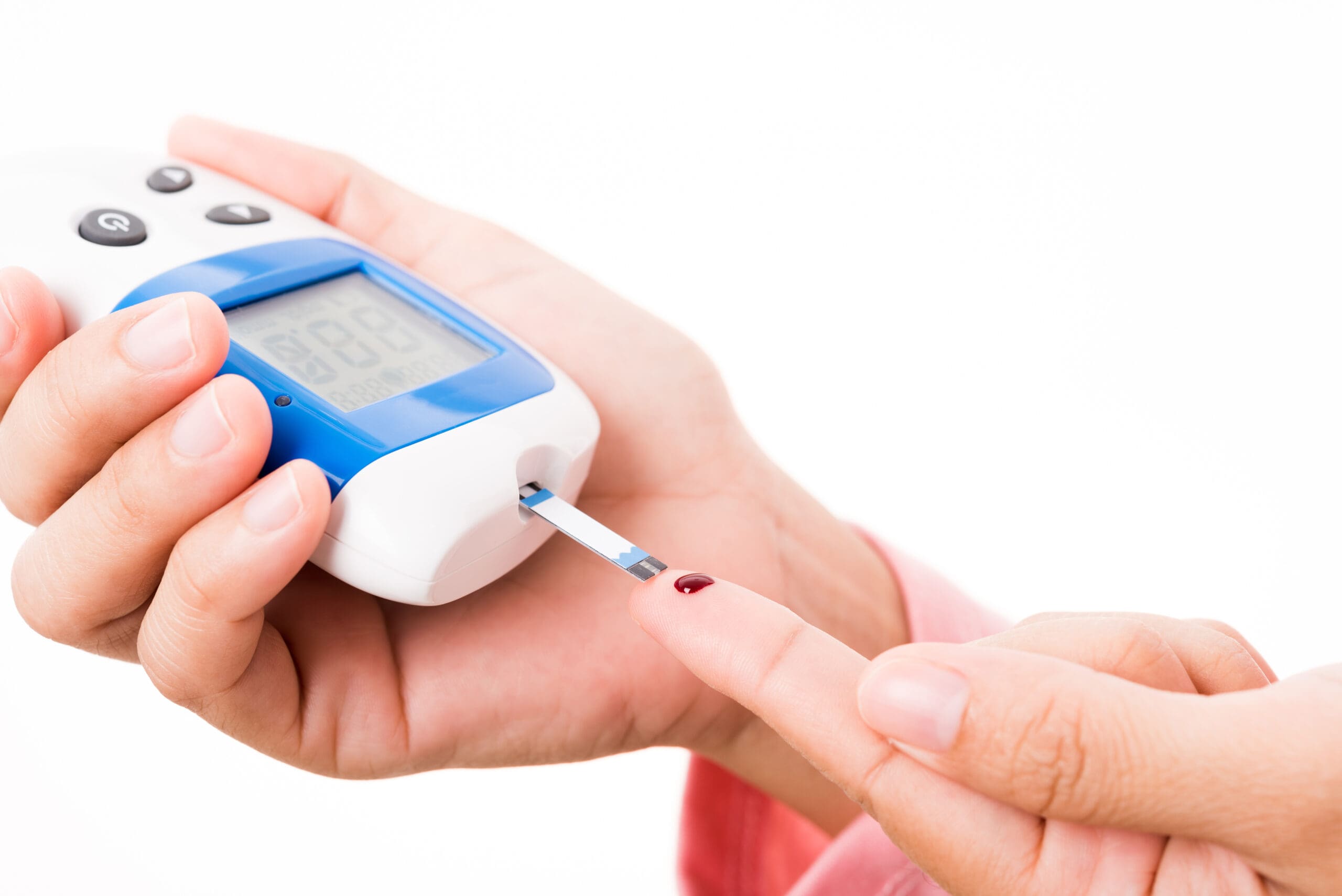Carpal tunnel syndrome may be an early diabetes warning
By naturopath Margaret Jasinska
New research has found that people who develop carpal tunnel syndrome are at greater risk of developing type 2 diabetes. Carpal tunnel syndrome is quite common, there are mild cases and more severe cases. A study has found that people who undergo surgery for carpal tunnel syndrome are more likely to be diagnosed with type 2 diabetes within a year.
This finding was published in the journal Diabetes, Obesity and Metabolism. Patients who had surgery to both wrists had the highest risk of type 2 diabetes.
What is carpal tunnel syndrome?
Carpal tunnel syndrome is a painful condition of the hand caused by pressure on nerves that run through the wrist. Anything that inflames or irritates the tendons can cause carpal tunnel syndrome. This can include repetitive hand movements, pregnancy and arthritis. Deficiency of vitamin B1, B6 or B12 can increase the risk of carpal tunnel syndrome, and so can having elevated blood sugar. The blood sugar can be higher than ideal but not high enough for an official diagnosis of type 2 diabetes.
How can elevated blood sugar harm the tendons in the wrists?
Many people think that carpal tunnel syndrome is purely caused by repetitive strain injuries. This is not the case. Underlying metabolic problems and nutrient deficiencies are almost always present.
People with elevated blood sugar are more likely to suffer with tendon, ligament and cartilage problems. This is because they have high levels of advanced glycation end-products in their body. Sugar binds with proteins in the body, such as collagen in the tendons, damaging them and impairing proper function. Sugar also binds to collagen and elastin in our skin, speeding up the rate of sagging.
You can find out how much glycation is happening in your body by having a blood test called HbA1c. This measures how much glucose has stuck to the proteins in your red blood cells. Your red blood cells live for approximately 120 days, so the test gives us a good average. Advanced glycation end-products stiffen the collagen in your body. That means your body can feel stiff and achy.
Having a fatty liver can also raise the risk
Most prediabetics also have a fatty liver. This causes inflammation in the liver. An inflamed liver produces excess levels of enzymes called matrix metalloproteinases (MMPs). These enzymes are normally responsible for regenerating and repairing liver cells that may have become injured while detoxing your body and carrying out their regular functions. A fatty or inflamed liver attempts to regenerate itself more rapidly, thus production of MMPs increases.
Your liver is trying to help you out, but having too many MMPs in your body isn’t good. MMPs don’t just stay in your liver. They enter systemic circulation and every part of your body they reach can suffer with consequences. When produced in excess, MMPs lead to tissue breakdown and degeneration. MMPs are responsible for the turnover and breakdown of matrix proteins, including collagen, gelatin, elastin and fibronectin. If your connective tissue breaks down too quickly, you can suffer with pain and stiffness.
If you are suffering with carpal tunnel syndrome, ask your doctor for a fasting blood test checking glucose, as well as average blood glucose for the past 120 days (HbA1c). Most cases of type 2 diabetes and prediabetes can be reversed. See our book Diabetes Type 2: You Can Reverse It.
Reference
Association of carpal tunnel syndrome with incident diabetes (literatumonline.com)









Leave A Comment